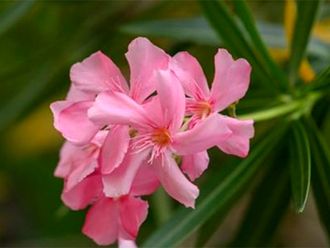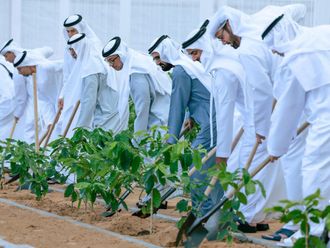Dubai: Date farmers' continued fight against the red palm weevil that destroys trees from the inside out received a boost with nearly 2,000 hormone traps being distributed among farmers in Sharjah and Umm Al Quwain.
The Ministry of Environment and Water has distributed 1,916 hormone traps to be set up among trees in date palm gardens. The basic traps work by attracting the pests with pheromones, trapping and drowning them.
The traps are part of the ministry's strategy to achieve food security by combating the red palm weevil to boost date production in the UAE.
The traps have been distributed to more than 4,300 farms in Maliha, Dhaid, Falaj Mualla, Kadra and Masfout, which between them have 96,7135 date palms, said Esmail Hussain Mohammad, director of the ministry's interior office.
Many factors for success
He added that farms had been sprayed to repel the weevil which so far this year have attacked and destroyed 86,3135 date palms that had to be removed in their entirety to check the pests.
The campaign's success depends on many factors including the cooperation of all farmers, farm hands and local communities concerned and consistent follow-ups and monitoring of equipment, he said.
Serious red palm weevil onslaughts often force farmers to abandon their farms. Water shortages and the increased salinity in groundwater also discourage cultivators from tending to their crop, he said.
The red palm weevil, known by the scientific name Rhynchophorus Ferrugineus, invaded the Gulf states in the mid-1980s, and has wreaked havoc at date plantations ever since.
The beetle-like weevil is widely found in southern Asia and Melanesia where it is a well-known threat to coconut plantations as well as date palms.
The weevil expanded its territory westwards very rapidly. The pest was recorded for the first time in the UAE in 1986, before it came to light in Saudi Arabia in 1987 and in Iran in 1992. It crossed the Red Sea into North Africa and by 1995 it had infested over 10,000 farms across the Gulf.
In infested plantations, yields have been estimated to have dropped from 10 tonnes to 0.7 tonnes per hectare, according to the Food and Agricultural Organisation (FAO).












